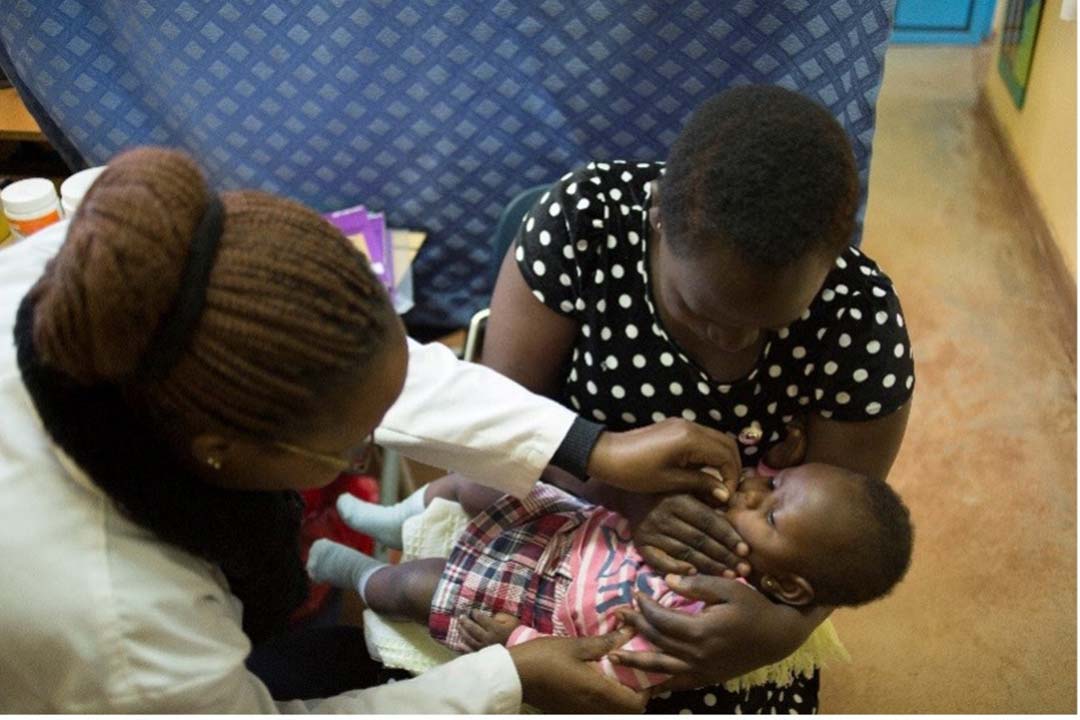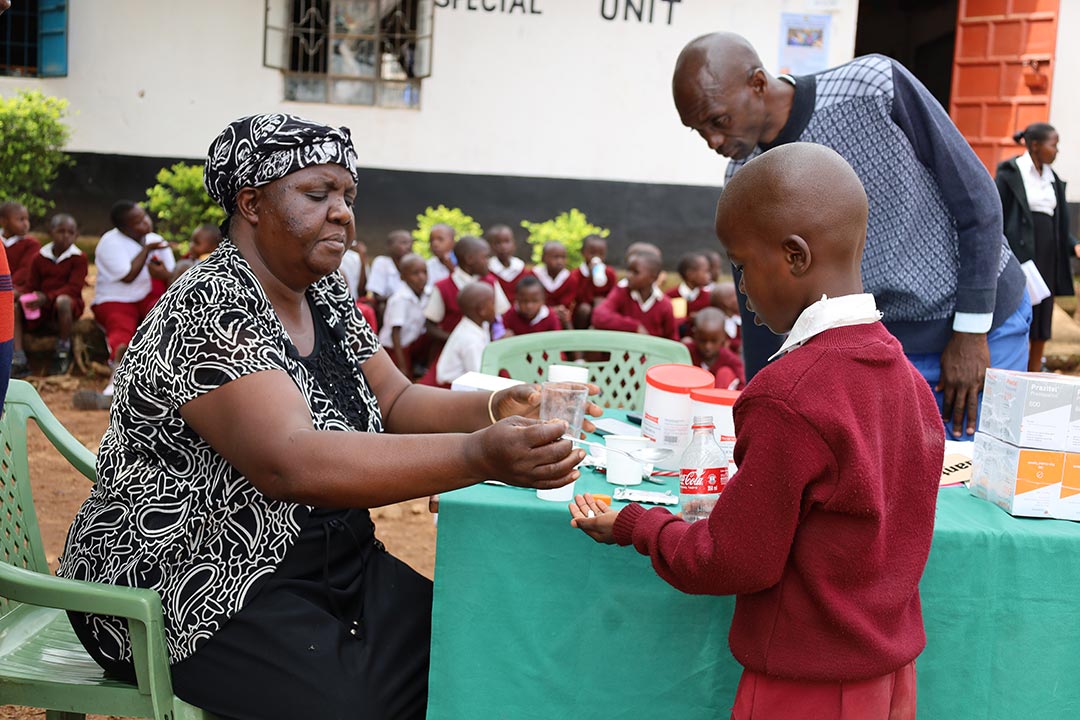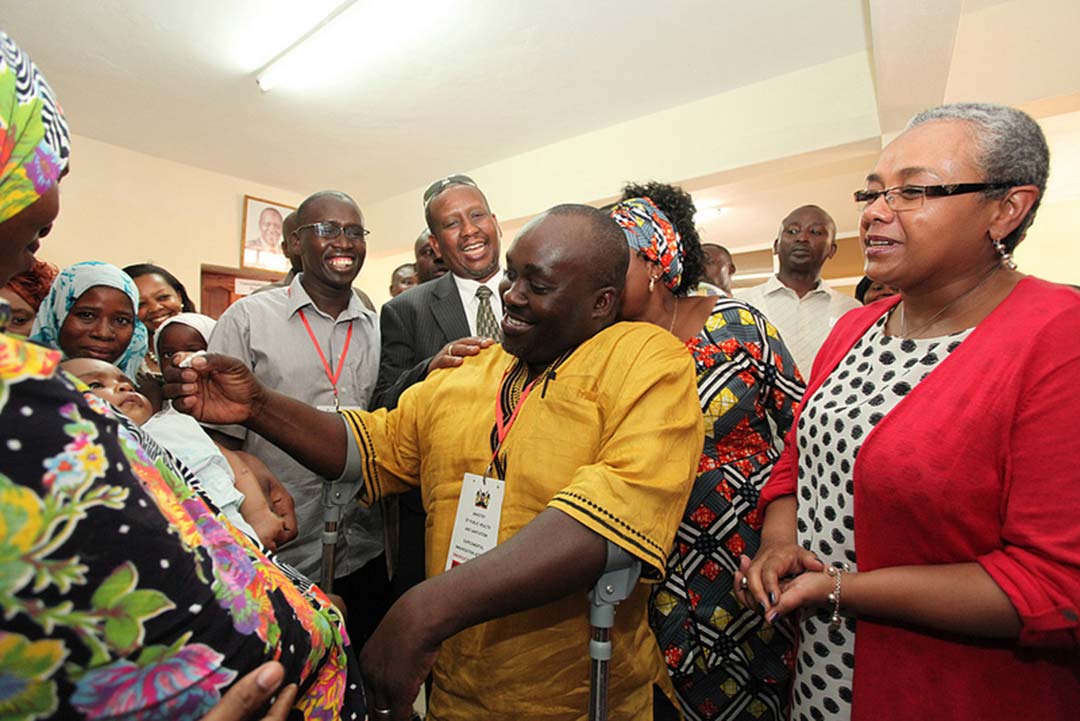Zipline drones wing vaccines to malaria-prone western Kenya
From rabies post-exposure prophylactics to measles and malaria vaccines, drones are getting life-saving shots to kids in remote parts of Kisumu.
- 12 August 2024
- 6 min read
- by Joseph Maina

Few things interrupt the unflustered tranquillity of Tama, a village in the lush flatlands of the Muhoroni region of Kisumu County in western Kenya. Save for the rumble of a tractor chugging away in the distance, the sporadic chirping birds, or the harmonic ruffle of millions of sugarcane leaves in the breeze, this is a typically quiet place.
But since April, the villagers have been growing accustomed to the once-eccentric whine of a drone zipping across the sky on its way to drop life-saving cargo at Tama Health Centre.
Josephine Opiny recalls her exhilaration when she and other mums first witnessed a drone delivering vaccines at the health facility. That day, Opiny had brought her infant Matthews, then six weeks old, for immunisation.
“It was my first time to see a drone,” she told VaccinesWork during a visit to the health centre in July. “I couldn’t make out its mission until I learned from the nurses that the drone delivered the vaccines my son received a few moments later. It was an exciting spectacle, and startling too.”
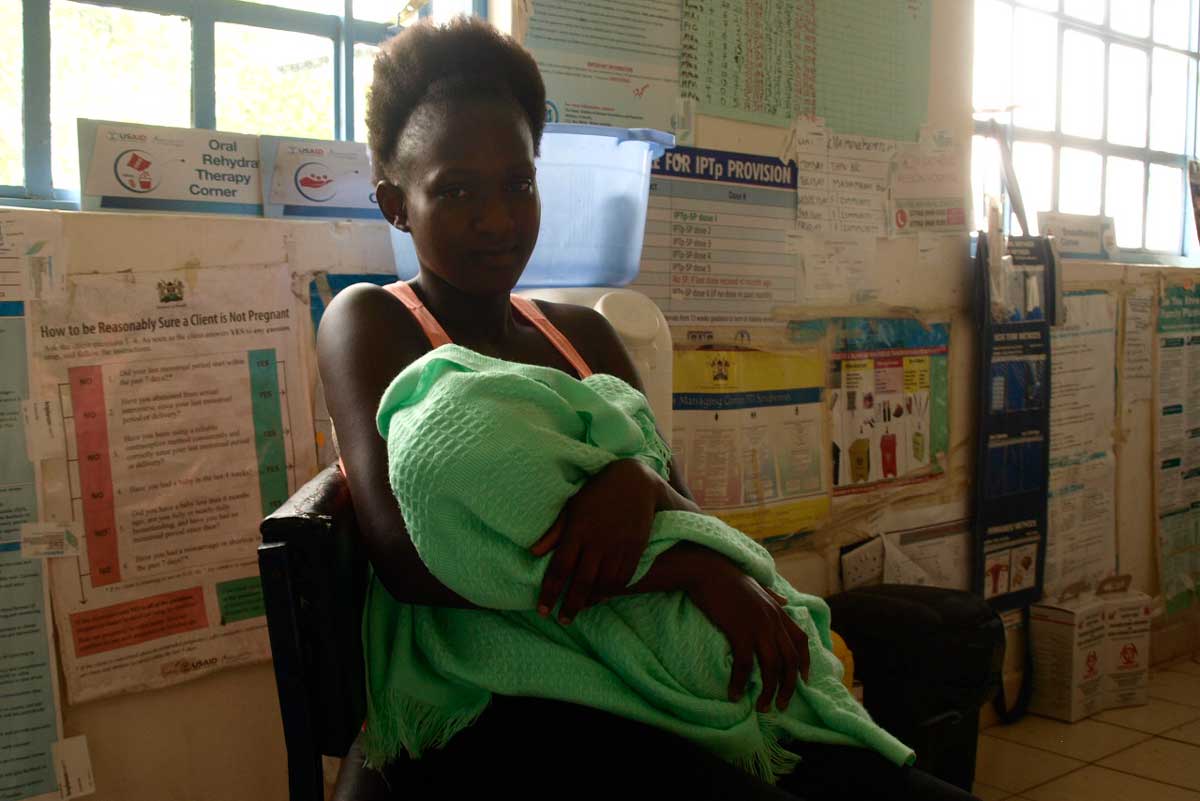
That day, baby Matthews got doses of pentavalent, pneumococcal, rotavirus, and oral polio vaccines – several of which had been recently airborne.
The region’s infrastructure and the distance between health facilities and vaccine depots make the drone the fastest, safest, and most viable option for last-mile delivery. Before the commencement of Zipline’s drone deliveries to Tama, nurses here needed to undertake a two-hour return trip by motorbike to fetch the vaccines, the larger part of the journey navigating bumpy murram roads littered with jagged rocks. The going was necessarily slow. The nurses often found long waits at the sub-county headquarters, which added to lost time.
“It was my first time to see a drone. I couldn’t make out its mission until I learned from the nurses that the drone delivered the vaccines my son received a few moments later.”
- Josephine Opiny, mother of infant Matthews
This assignment also meant that either Henry Ochieng’ – one of the health centre’s two nurses – or his partner would be out most of the day, leaving just one nurse in the facility. The advent of drone deliveries, in other words, means the facility is better equipped to attend to patients’ various needs.
From urgent measles jabs, to emergency dog-bite response
The swiftness of drones also means that patients can get much-needed jabs on demand. In one of Ochieng’s most memorable experiences, a family once showed up seeking measles vaccines for their children but alas! Not a dose was available in the health centre.
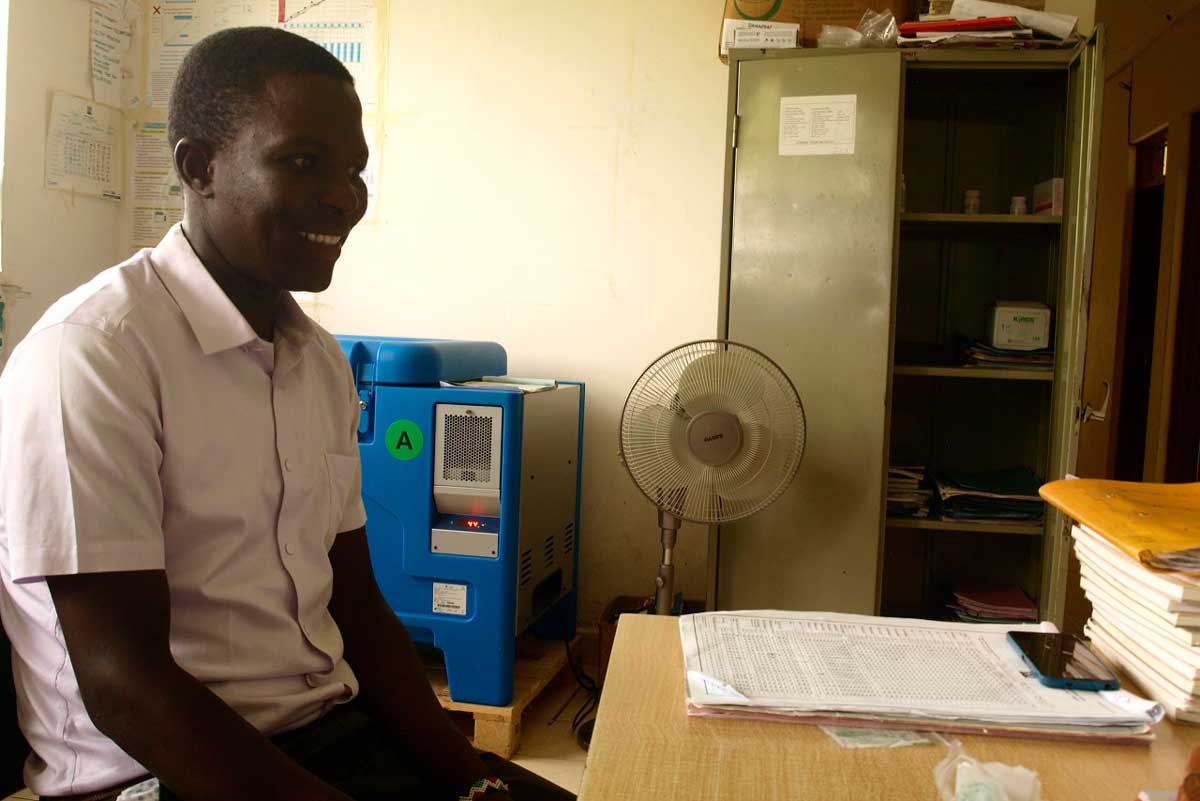
Ochieng’ knew he had to act. Fast.
From his experience at the health centre, he surmised that if the patients didn’t receive the vaccines that day, they would likely not return for the jabs if given an appointment for another day.
“I asked them to sit down and then I promptly contacted the sub-county EPI coordinator and placed a request for the measles jabs. The EPI coordinator contacted Zipline, who immediately dispatched a drone with the vaccines. About ten minutes after placing the call to my senior, I had received the vaccines and administered them to the patients .”
As Ochieng’ intimates, such incidents have helped bolster the community’s confidence in the drone service.
These days, he says, children don’t leave the facility without getting the vaccine they came for. “There is no way that a mother can bring her child to the health centre and fail to get it vaccinated,” Ochieng’ beamed. “Even in an instance of vaccine shortages in the centre, we only need to contact Zipline, and the delivery is done swiftly.”
Besides routine vaccines, Zipline also delivers anti-rabies prophylactic vaccines on demand. In one case, a mother frantically rushed her son to the health centre one night after he was bitten by a rabid dog, Ochieng’ recalled.
“I called Zipline, and they sent the drugs immediately. It was around 9pm. I treated the patient and released him. They eventually followed the remaining treatment schedule, and the boy is now well.”
“There is no way that a mother can bring her child to the health centre and fail to get it vaccinated. Even in an instance of vaccine shortages in the centre, we only need to contact Zipline, and the delivery is done swiftly.”
- Henry Ochieng’, nurse
Tamu, and beyond
The Tamu case reflects several of the challenges that Zipline identified and set out to address with its airborne vaccine delivery programme.
“We have realised that there are some facilities that are manned by one person,” Sineka Samuel, Customer Success Manager: Africa Sales, explained to VaccinesWork. “That means that whenever the health worker goes to pick vaccines, they end up locking down the facility, thereby denying any other service for their patients. In such instances, when Zipline comes in, then that one staff doesn’t have to leave. We are delivering the vaccines in real-time.”
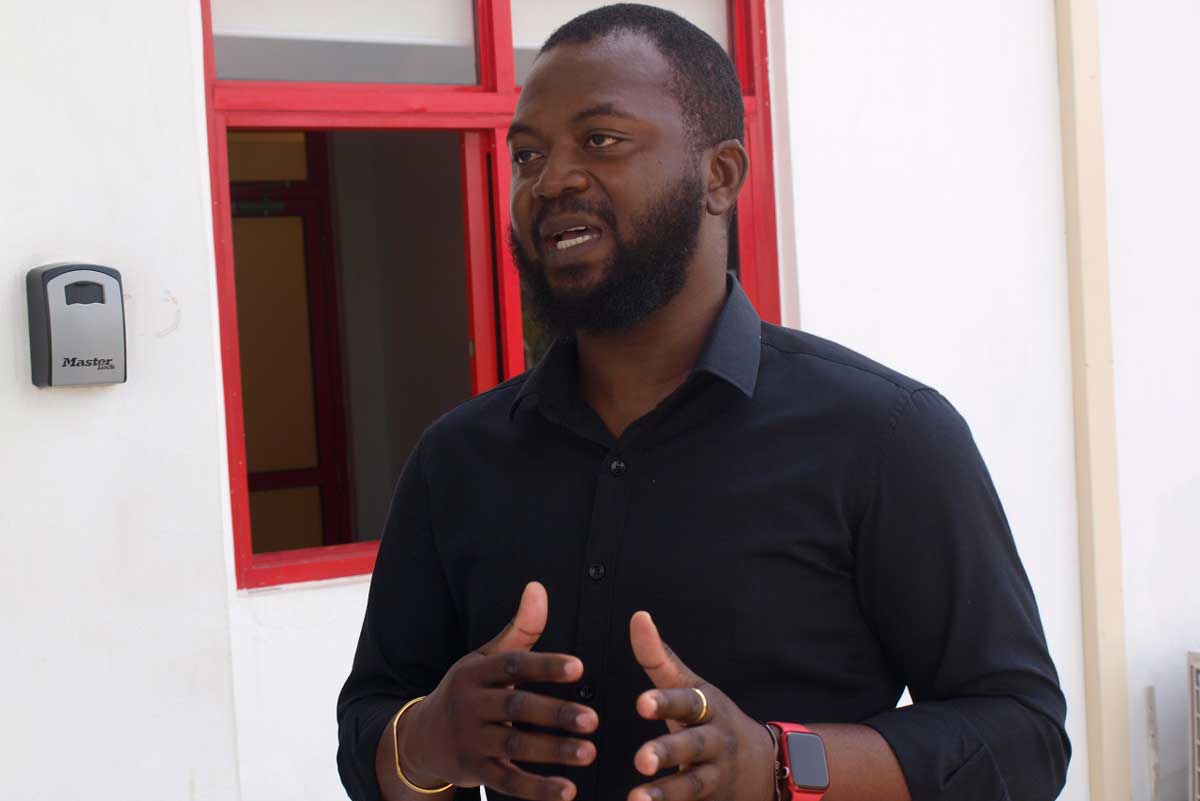
Everything works like clockwork at the Zipline K-1 facility, where staff dutifully receive and promptly process orders for vaccine deliveries to health facilities in four Kenyan counties, often reaching remote and underserved areas in record-breaking time.
“Our orders are very time-sensitive,” said Eunice Kariuki, the Fulfilment Operations Lead. “Between confirmation to the teams, order packing, and dispatch, we work with a timeframe of around three to five minutes for packaging and another three to five minutes for dispatch. It’s usually very fast-paced.”
Upon dispatch, Eunice said it takes three minutes for the drone to reach the nearest health facility served by Zipline, and 73 minutes to reach the farthest.
“No ground delivery model would match the drone’s speed,” Samuel said. “For a 100km distance, Zipline would make it in 25 minutes, whereas an ambulance – which has the right of way – would take maybe 50 or 60 minutes. We are able to neutralise cases of emergency.”

The K-1 has been in operation since February 2022. Besides vaccines, the facility also deals with four other products: blood, medical, consumables and animal cryonics.
“Currently, we serve Kisumu, Nyamira, Homa Bay and Kericho counties of Kenya,” said Samuel.
Samuel said the success of the vaccine delivery programme in the four counties has attracted interest from other counties, which have expressed interest in adopting the service to increase their reach, particularly for remote regions.
Have you read?
Winged vaccines for malaria-prone Kisumu
Kisumu County, where the Zipline facility is located, has its fair share of infrastructural challenges.
“We have many hard-to-reach regions in Kisumu,” said Florence Aketch, the Kisumu County Chief Nursing Officer, who is also the county’s EPI Logistician. “During rainy seasons the roads are bad and it floods. In such times, the staff find it difficult to access vaccines from the sub-county stores. The drone bridges the gap for those regions. We are delivering all vaccines that are in the routine immunisation schedule.”
This includes the delivery of malaria vaccines, which are crucial for the malaria endemic region. Kisumu’s malaria endemicity stands at 41%, according to county documents, a marginal drop from 53% in 2018.
For Aketch, the Zipline delivery service has bridged a critical gap in vaccine access to remote regions of her county. Citing some of the benefits of the partnership, she said there has been notable staff availability, as the staff no longer need to go and fetch vaccines, leaving their workstations unmanned.
“It is reducing missed opportunities, because the staff will always be in the facility to serve patients. It is also reducing the chances of stock-outs, because staff can now order whenever need arises.” She expressed hope that the programme could be scaled up to cover even more areas.
